Vinny
TPF Noob!
- Joined
- Mar 14, 2010
- Messages
- 667
- Reaction score
- 1
- Location
- New Jersey
- Can others edit my Photos
- Photos OK to edit
Hi all,
I'm new to this site and new to digital SLRs but have been an amateur photographer off and on for about 30 years. My equipment has been a Nikon FE with 2 sets of Vivitar zoom lenses - a low focal length and a medium focal length along with a 50 mm Nikon lens that came with the camera. I was convinced back then that zoom is the way to go and I guess I still am.
I am deciding whether to buy a digital SLR and it seems that photography has "changed" since I first learned it and have some questions.
My questions are:
I'm reading that the digital zoom ranges are different than film. Based on what I've read the sensors on digital cameras are smaller than 35mm film so the image is magnified and gives the lenses a higher focal length. Is this correct?
I read a lot about image stabilization lenses/cameras and I believe this is a good thing for point and shoot but back in the day the rule was to keep the shutter speed at 1/(focal length) to keep the image sharp if holding the camera. I do understand that image stabilization can provide a sharper images at slower shutter speeds which is a good thing. I've seen some forums where photographers argue the point of image stabilization -Does digital photography need image stabilization to have sharp images?
At the level I am looking at (Nikon D5000 or Canon EOS T2i) how important are the mega-pixels? I know that the higher the mega-pixels the sharper the image but I wont be blowing up an image past a 8x10 size. Again, in film you used ASA settings (now known as ISO) and the smaller the ISO the finer the grain of the film.
Speaking of ISO, what is the purpose of ISO setting in a digital SLR? In film, the ISO would keep the exposure correct for the film speed. In digital I would think that the sensor is a fixed megapixel and it wouldn't matter.
Well, thanks for your help and I'm sure that there will be more questions!
Vinny
I'm new to this site and new to digital SLRs but have been an amateur photographer off and on for about 30 years. My equipment has been a Nikon FE with 2 sets of Vivitar zoom lenses - a low focal length and a medium focal length along with a 50 mm Nikon lens that came with the camera. I was convinced back then that zoom is the way to go and I guess I still am.
I am deciding whether to buy a digital SLR and it seems that photography has "changed" since I first learned it and have some questions.
My questions are:
I'm reading that the digital zoom ranges are different than film. Based on what I've read the sensors on digital cameras are smaller than 35mm film so the image is magnified and gives the lenses a higher focal length. Is this correct?
I read a lot about image stabilization lenses/cameras and I believe this is a good thing for point and shoot but back in the day the rule was to keep the shutter speed at 1/(focal length) to keep the image sharp if holding the camera. I do understand that image stabilization can provide a sharper images at slower shutter speeds which is a good thing. I've seen some forums where photographers argue the point of image stabilization -Does digital photography need image stabilization to have sharp images?
At the level I am looking at (Nikon D5000 or Canon EOS T2i) how important are the mega-pixels? I know that the higher the mega-pixels the sharper the image but I wont be blowing up an image past a 8x10 size. Again, in film you used ASA settings (now known as ISO) and the smaller the ISO the finer the grain of the film.
Speaking of ISO, what is the purpose of ISO setting in a digital SLR? In film, the ISO would keep the exposure correct for the film speed. In digital I would think that the sensor is a fixed megapixel and it wouldn't matter.
Well, thanks for your help and I'm sure that there will be more questions!
Vinny


![[No title]](/data/xfmg/thumbnail/30/30994-49c5521f7b5b417f49dcd43891cbec27.jpg?1619734557)
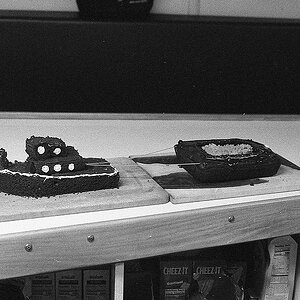
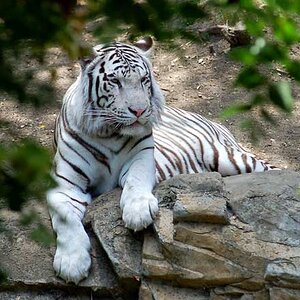
![[No title]](/data/xfmg/thumbnail/37/37627-c3d3ca879cdfbdb9e35acdcc7fcd4b3e.jpg?1619738154)
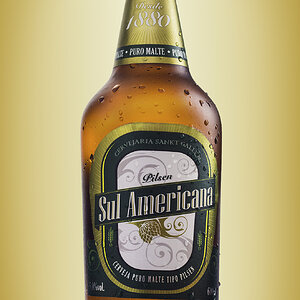
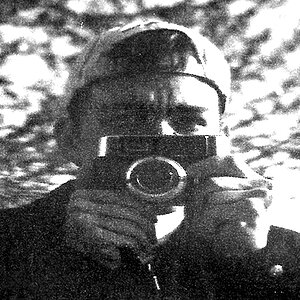
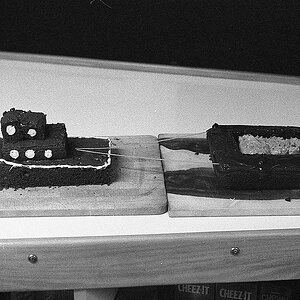

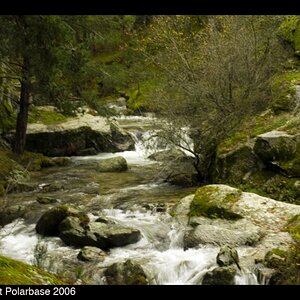
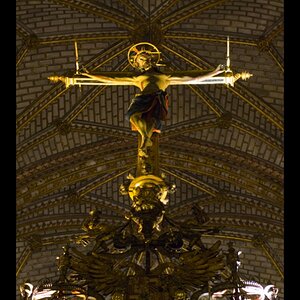
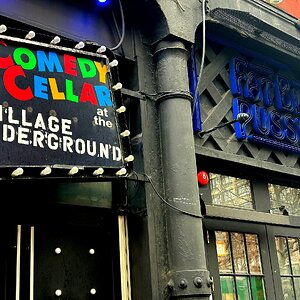
![[No title]](/data/xfmg/thumbnail/32/32944-550374cc056b8618b47594b3cc6e1574.jpg?1619735777)